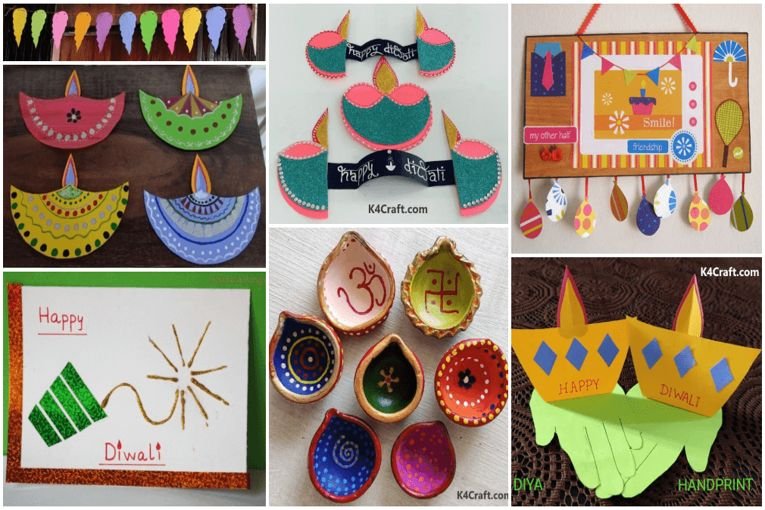Introduction
Introducing children to different cultures at a young age is essential for fostering understanding, empathy, and respect for diversity. One effective and engaging way to teach kids about various cultures is through art and crafts. By incorporating art projects inspired by different traditions, children can not only learn about the world around them but also develop their creativity and fine motor skills. This article will explore the benefits of using art and crafts to teach kids about different cultures and provide practical tips and ideas for incorporating cultural diversity into art activities.
Benefits of Teaching Kids About Different Cultures Through Art and Crafts
Art and crafts offer a hands-on and interactive way for children to explore and appreciate different cultures. Here are some of the key benefits of using art as a tool for cultural education:
- Promotes Cultural Awareness: Engaging in art and crafts activities inspired by various cultures exposes children to different traditions, symbols, and practices, helping them develop an appreciation for diversity.
- Encourages Creativity: Art projects based on different cultures often involve unique materials, techniques, and styles that can inspire children to think creatively and express themselves in new ways.
- Enhances Fine Motor Skills: Working with art supplies such as paint, clay, and beads can help children improve their fine motor skills and hand-eye coordination.
- Builds Empathy and Understanding: Through art, children can explore themes of identity, community, and belonging, fostering empathy and understanding towards people from different backgrounds.
- Promotes Global Citizenship: By learning about different cultures through art, children can develop a sense of global citizenship and appreciation for the interconnectedness of the world.
Practical Tips for Teaching Kids About Different Cultures Through Art and Crafts
- Choose Culturally Diverse Art Supplies: Select art materials that reflect the diversity of cultures, such as handmade paper from different countries, natural dyes, or traditional weaving techniques.
- Explore Folk Art Traditions: Introduce children to the rich tradition of folk art from around the world, such as Mexican Huichol yarn painting, Indian Madhubani painting, or African Adinkra printing.
- Read Multicultural Books: Pair art projects with multicultural books that celebrate different cultures and traditions, providing context and background for the creative activities.
- Celebrate Holidays and Festivals: Incorporate art projects inspired by cultural holidays and festivals, such as making Chinese lanterns for Lunar New Year or creating papel picado for Dia de los Muertos.
- Invite Guest Artists: Collaborate with local artists from diverse cultural backgrounds to lead art workshops or demonstrations, giving children the opportunity to learn directly from practitioners of different art forms.
- Encourage Personal Connections: Encourage children to share their own cultural traditions and heritage through art projects, fostering a sense of pride in their identity and promoting mutual understanding among peers.
- Create Collaborative Artwork: Encourage teamwork and collaboration by engaging children in group art projects that reflect the diversity of their experiences and backgrounds.
Ideas for Cultural Art and Craft Projects
- Japanese Origami: Teach children the art of paper folding with origami projects inspired by Japanese culture, such as cranes, samurai helmets, or cherry blossoms.
- Native American Dreamcatchers: Explore the tradition of dreamcatchers in Native American culture by creating personalized dreamcatcher designs using yarn, beads, and feathers.
- African Kente Cloth Weaving: Introduce children to the vibrant patterns of Kente cloth from Ghana by weaving their own miniature versions using colorful yarn or paper strips.
- Indian Rangoli Designs: Learn about the traditional Indian art of Rangoli by creating intricate geometric patterns and floral motifs using colored sand, rice, or chalk.
- Mexican Alebrijes: Discover the whimsical world of Mexican alebrijes by making colorful creature sculptures from papier-mâché or clay, inspired by folk art traditions.
- Chinese Calligraphy: Practice the art of Chinese calligraphy by learning basic brush strokes and characters, creating meaningful words or phrases on rice paper.







